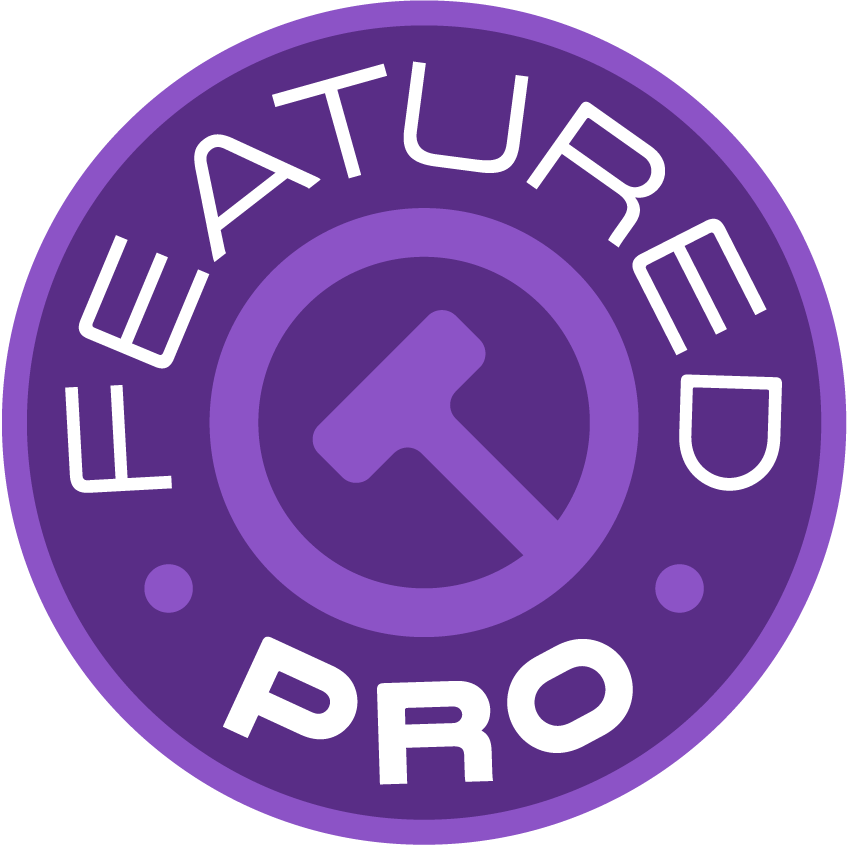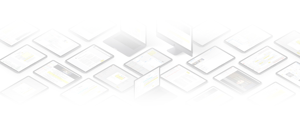
Jacob Flesher is a California attorney that represents railroads, property owners, insurance carriers, and small businesses. He wrote us recently to tell us about using TrialPad in a five-week trial that ended in a jury verdict in his client’s favor.
Here are some tips from Jacob for using TrialPad:
- Use TrialPad yourself. Having an associate or trial presentation consultant in court isn’t necessary with TrialPad. Turning around and communicating what you want to be displayed on the screen with someone across the courtroom causes unnecessary interruption, slows the flow of the trial, and adds unnecessary colloquy to the court record. With TrialPad, you’ll have the right exhibit already in front of you during your presentation or witness examination. And TrialPad’s design is so intuitive that presenting yourself allows you to walk a jury through a document very naturally while highlighting or calling out the most important parts as you go.
- For opening and closing, make slides in PowerPoint or Keynote, export them as PDFs, and present them using TrialPad. This will allow you to go back to a slide on the fly if you feel you need to reinforce it with the jury, without awkwardly flipping back and forth on the screen, and also allows you to annotate or call out sections of the slide for emphasis.
- Create folders in Key Docs for each witness and add documents you may want to use with that witness to the folder before and during the trial. As the case, and your examination outlines change during the course of trial, it is easy to respond to issues you want to raise with the witness when you have everything organized in their folder.
Jacob told us that the jury loved the way he presented, and that they made a point of saying so. They didn’t notice that he was using the iPad, as he brought it up to the lectern and simply plugged it in. But they did notice that his presentation was much smoother than the presentation they saw from the other side. The documents were clearer, the annotations and call out animations were crisper, and there was no communication delay during the presentation.
He said, "Actually, opposing counsel loved it too, and downloaded it during the trial!"


